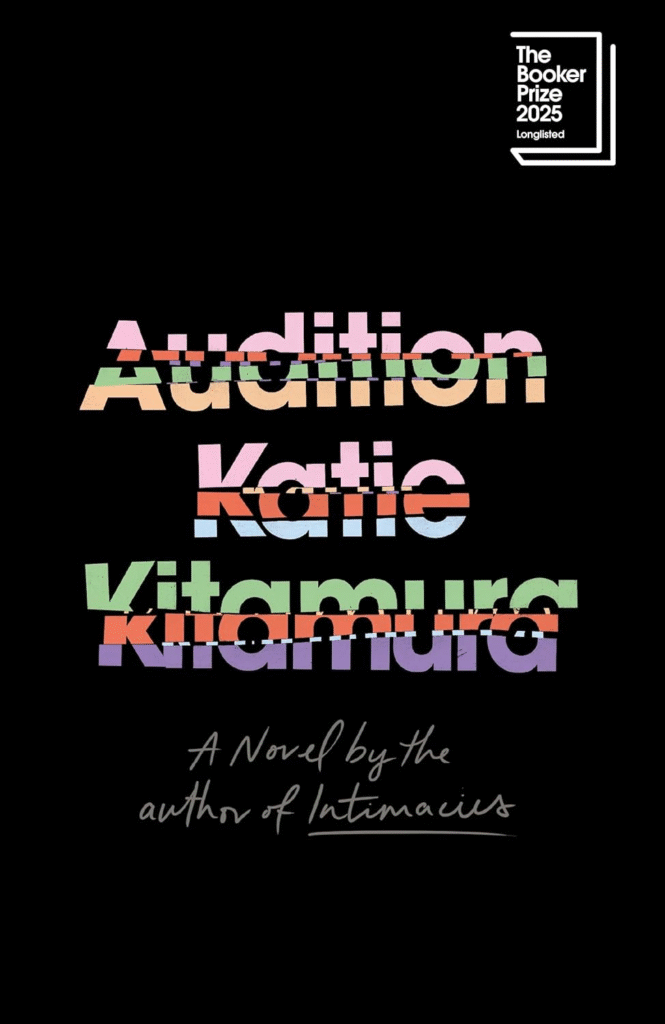Chaar Adhyaay (Four Chapters), published in 1934, is Rabindranath Tagore’s final and one of his most politically charged novels. Set against the backdrop of the Indian nationalist movement, the novel explores themes of love, politics, and personal conflict. This novel, written during a struggling period of Indian history, captures the deep psychological and emotional struggles of individuals caught in the clash between revolutionary ideals and human desires. Tagore, through his brilliant narrative, critiques the violence and extremism that were becoming rampant in the nationalist movement in British India.
Plot Summary of Chaar Adhyaay
The story revolves around Ela (Ella), a young woman committed to serving her country. She made a vow in her childhood to remain unmarried and dedicate her life to the nation after witnessing the turmoil in her parents’ marriage. As an adult, she joins a revolutionary group under the leadership of Indranath, a charismatic but extreme nationalist. Indranath believes in violent resistance against British rule, and Ela becomes deeply involved in this cause.
However, Ela’s commitment to her political mission begins to waver when she meets Atin (Aveen), a fellow revolutionary. The two fall in love, but Ela is torn between her promise to serve the country and her deep feelings for Atin. Ela faces a profound inner conflict when love enters her life in the form of Atin (Aveen). The story follows Ela’s inner battle as she grapples with the consequences of her choices and the impact of the revolutionary movement on personal relationships
This internal struggle between her dedication to her political cause and her feelings for Atin forms the crux of the novel. Ela’s personal dilemma mirrors the greater ideological conflict present during the nationalist movement between violent revolution and peaceful resistance. Tagore, known for his humanistic and anti-violence stance, uses Chaar Adhyaay to critique the extremism and moral compromises often made in the name of political goals.
Tagore’s writing beautifully portrays the tension between personal desires and larger social responsibilities, particularly in the turbulent political environment of pre-independent India. The novel emphasizes the destructive impact that rigid, extremist ideologies can have on individual lives and relationships. Ela’s journey reflects the emotional toll of trying to balance personal and political loyalties, ultimately leading to tragedy.
Themes of Chaar Adhyaay
The novel Chaar Adhyaay probes into several critical themes, such as:
- Political Extremism and Morality: Tagore uses Chaar Adhyaay to express his views on the violent methods adopted by some factions of the Indian independence movement. Through the character of Indranath, a revolutionary leader, the novel explores how extremism can distort moral judgment and the consequences of prioritizing political objectives over humanity. The novel’s reflection on terrorism and the loss of moral clarity in the pursuit of nationalistic goals remains relevant in today’s global political climate.
- A Profound Exploration of Love vs. Duty: At the heart of Chaar Adhyaay is the moving love story of Ela and Atin, set against the backdrop of a revolutionary movement in colonial India. Ela, a woman who once pledged to dedicate her life to serving her country, finds herself torn between her political responsibilities and her love for Atin. The novel explores this intense emotional struggle, offering readers a deeply human portrayal of how love can be both a source of strength and vulnerability.
- A Window into the Role of Women in Nationalism: Ela, the central character, embodies the complexities faced by women in nationalist movements. Tagore portrays her as a woman of strong convictions, yet torn between her individual emotions and her commitment to the larger cause. Her struggles reflect the pressures that women often faced to align their personal lives with the demands of political movements. This theme makes the novel an essential read for those interested in gender studies and the history of women’s roles in political resistance.
Language and Style of Chaar Adhyaay
Tagore’s writing style in Chaar Adhyaay is lyrical yet powerful, blending poetic expression with political commentary. The novel is structured in four chapters, each representing a distinct stage in Ela’s emotional and ideological journey. Tagore’s use of symbolism and metaphors adds depth to the narrative, particularly in his depiction of Ela’s internal struggles.
The language is simple, but the emotional and philosophical undercurrents are profound. Tagore skillfully weaves together the personal and the political, making the novel not just a love story but also a reflection on the nature of revolutionary movements and their impact on human lives.
About the Author
Rabindranath Tagore (1861–1941), India’s first Nobel laureate in literature (1913), was a prolific writer, philosopher, and artist. He wrote extensively in multiple genres, including poetry, drama, essays, and novels. His contributions to literature and art have left an indelible mark on Indian culture and beyond. Tagore’s works often explore themes of humanism, spirituality, and the complexities of love and duty, which are especially prominent in Chaar Adhyaay. It was last novel written by him. He was also a strong advocate for non-violent resistance, a viewpoint that contrasts sharply with the violent nationalism depicted in this novel.His novel reflects his belief in peaceful resistance and the importance of moral integrity.
Tagore’s novel Chaar Adhyaay has often been compared to his short story “Rabibar” due to their shared themes of love and moral conflict.
Chaar Adhyaay was originally published in 1934 in Bengali. The novel has since been translated into many languages, including Hindi and English, and continues to be a significant work in Tagore’s literary legacy. Recent editions, such as those published by Fingerprint Publishing and Penguin India, offer accessible versions for modern readers.
Publication Information of Chaar Adhyaay
Chaar Adhyaay was first published in 1934 in Bengali. Over the years, the novel has been translated into many languages, including Hindi and English, making it accessible to a broader audience. One of the recent editions was published by Fingerprint Publishing in 2022, which features a Hindi translation of the novel. This edition consists of 100 pages and is available in paperback format.
Why You Should Read Chaar Adhyaay by Rabindranath Tagore
Rabindranath Tagore’s Chaar Adhyaay (Four Chapters) is a literary gem that reflects his masterful storytelling and deep philosophical insights. This novel serves as a rich exploration of love, nationalism, and the inner conflicts that arise when personal desires clash with political ideals. Here are compelling reasons why this book should be on your reading list:
Tagore’s Lyrical Language: Tagore’s narrative style is a blend of poetic grace and philosophical depth. His prose in Chaar Adhyaay is filled with lyrical beauty, making the novel not only an intellectual exploration but also an aesthetic experience. His vivid descriptions and emotional depth draw readers into the inner worlds of his characters, allowing them to experience the intensity of their conflicts and desires.
A Reflection of Tagore’s Philosophy: Chaar Adhyaay serves as a testament to Rabindranath Tagore’s philosophy of humanism and non-violence. While he supported India’s freedom from British rule, Tagore was deeply critical of the violent tactics some revolutionaries employed. His portrayal of Indranath and his revolutionary group provides a moral critique of how extremism can erode humanity’s core values. This nuanced approach makes the novel a thought-provoking read, especially for those interested in understanding the intersection of ethics and politics.
Tagore’s Last Novel: As the last novel written by Rabindranath Tagore, Chaar Adhyaay holds a special place in his literary oeuvre. It marks the culmination of his thoughts on nationalism, human relationships, and moral dilemmas. For readers who admire Tagore’s works, this novel offer insight into the evolution of his ideas, making it a crucial part of his legacy.
Timeless Themes: Though set in the context of India’s independence movement, Chaar Adhyaay tackles universal themes such as love, sacrifice, and moral conflict. The dilemmas faced by the characters rise above their historical setting, making the novel making bonding with readers from different times and cultures. The exploration of personal versus collective good, and the sacrifices individuals must make for their ideals, is a theme that remains relevant in today’s world.
Final Thoughts
Chaar Adhyaay is much more than a political novel; it is a meditation on the human condition, love, sacrifice, and the ethical dilemmas that shape our lives. Rabindranath Tagore’s profound insights into the complexities of human emotions and political commitments make this novel a timeless classic. Whether you are a fan of Tagore’s writing or a reader interested in historical and philosophical themes, Chaar Adhyaay is a must-read for its depth, beauty, and relevance. The rich narrative, combined with Tagore’s deep insights into human emotions, ensures that Chaar Adhyaay continues to bond with readers even decades after its publication.




